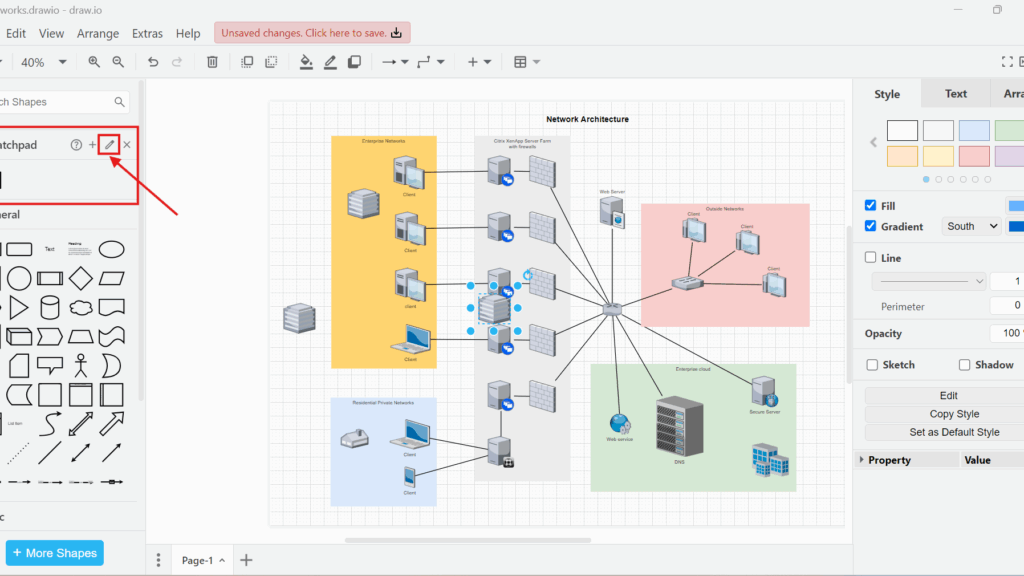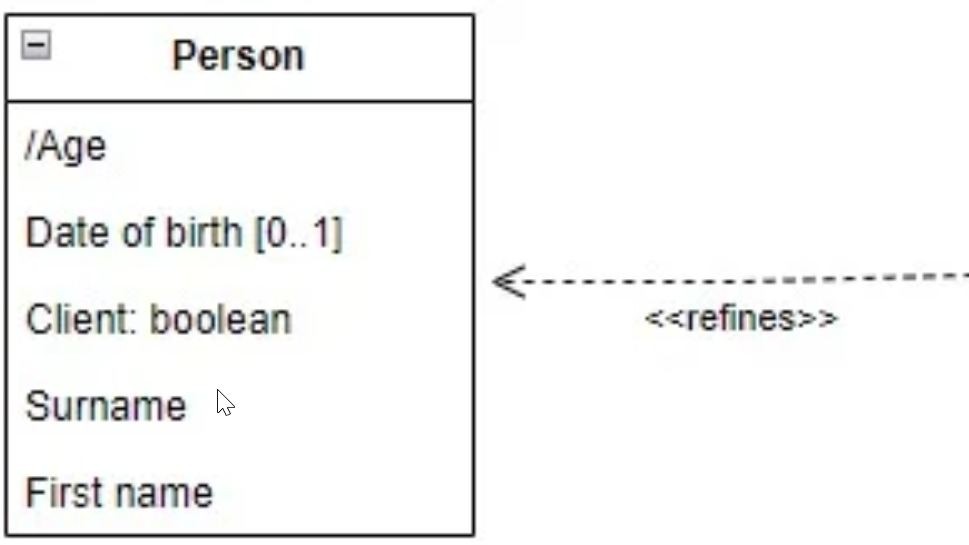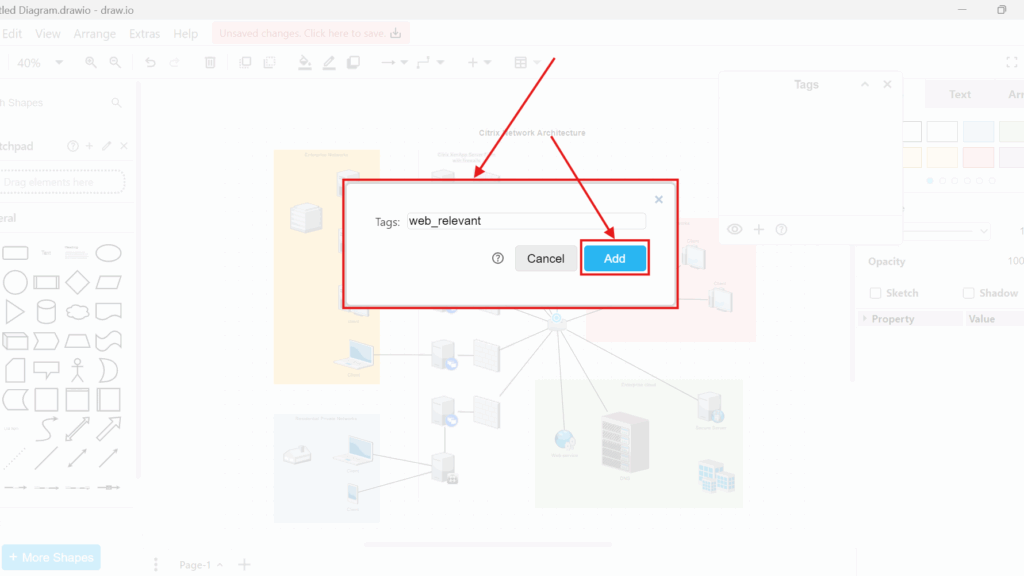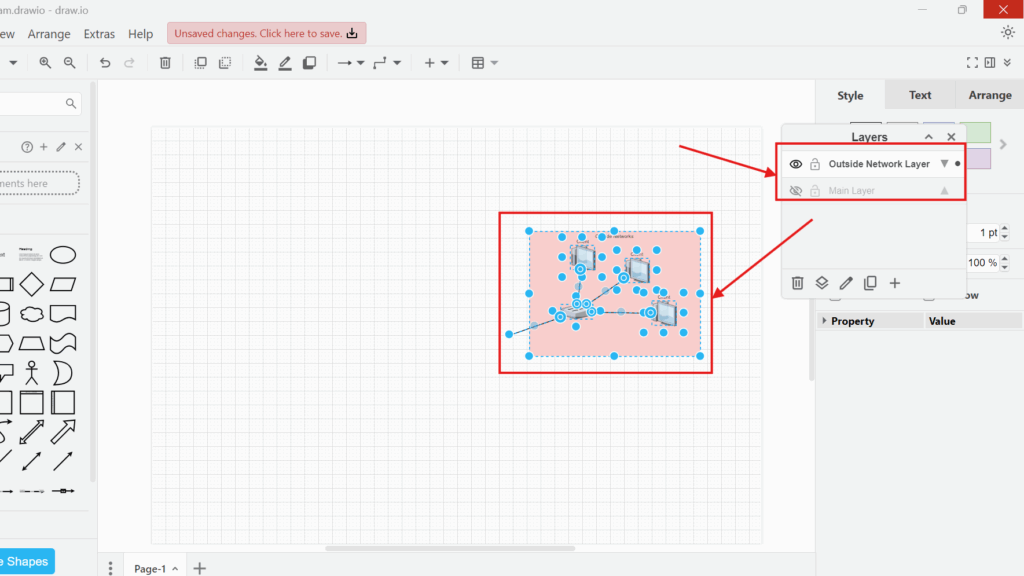How to Use the “Scratchpad” View in draw.io
When I work on diagrams in draw.io, I often use the same elements repeatedly. Sometimes, I need custom symbols or shapes across multiple projects. Searching for those elements every time wastes time. That is why I rely on the Scratchpad view in draw.io. It helps me organize frequently used items and speeds up my workflow.
How to Use the “Scratchpad” View in draw.io Read More »

















